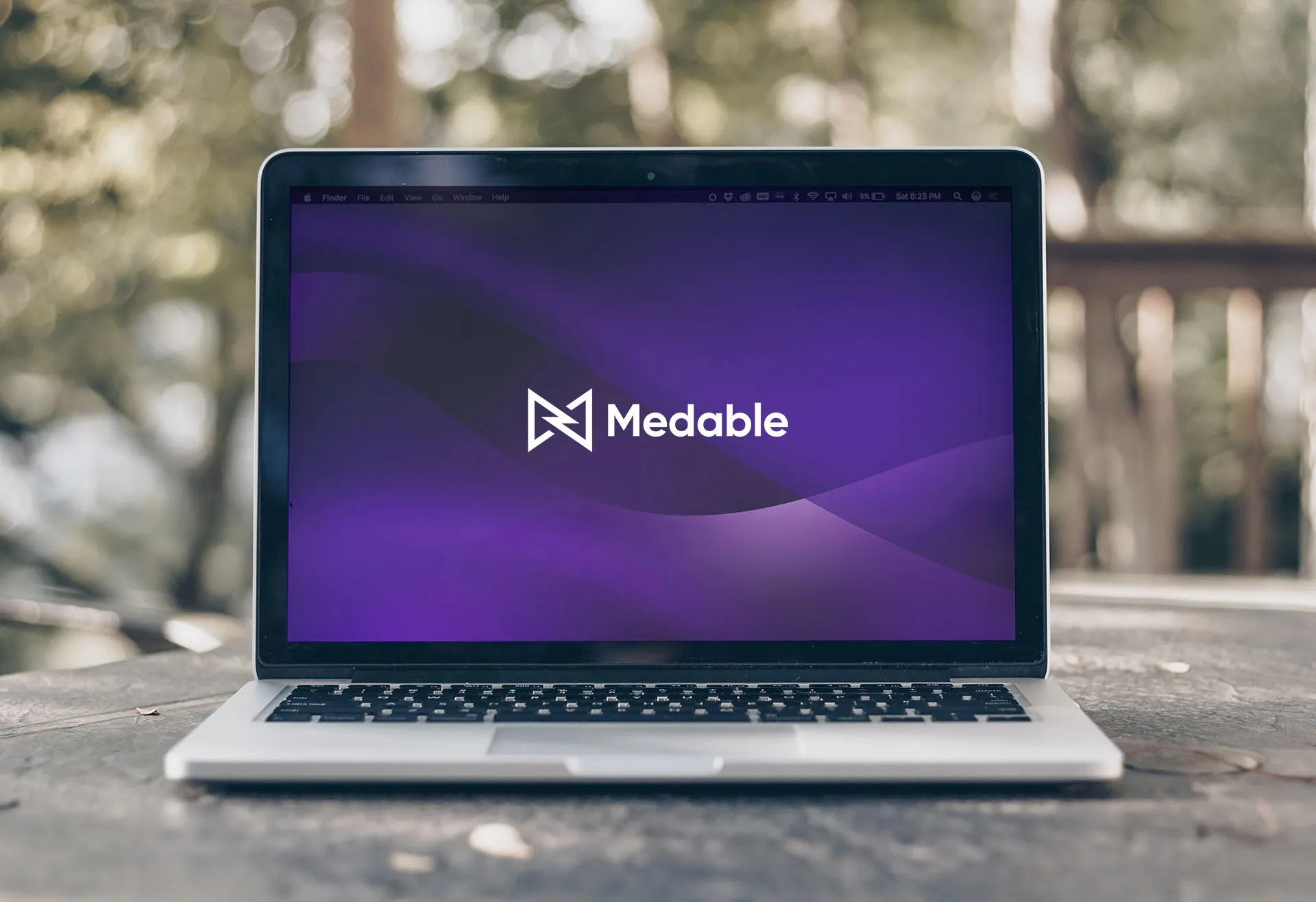While clinical trials have used digital tools to various extents before 2020, the COVID-19 pandemic showed just how effective — and necessary — they can be.
eConsent is one tool in particular that is growing its role in trials as the world reopens, helping potential patients overcome the most common barriers to enrolling in and completing a trial.
By replacing the traditional informed consent paper with an electronic format, patients can engage with eConsent’s host of multimedia components: images, audio, video, diagrams, reports, call out boxes and a digital signature.
While eConsent’s benefits are well-documented, misconceptions around its use and capabilities persist. As our industry continues to follow new paths to digitization, it’s important to debunk the most prevalent myths — both old and new — and reach a deeper understanding of decentralized clinical trials.
Myth #1: “eConsent was only necessary during the pandemic.” False.
Like many digital features used in clinical trials, remote consent saw steady growth prior to the global lockdown in 2020.
For decades, the informed process took place almost exclusively through paper consent forms that were long, difficult to read, and only accessible to patients who could travel to a physical site.
The first version of eConsent was developed in the 2000s, gaining regulatory approval over the next decade. By the 2010s, trials were using eConsent remotely as the tool gained market share. In 2016, the Food and Drug Administration released its guidance on best practices, followed by similar guidance from the UK’s Medicines and Healthcare Products Regulatory Agency in 2018.
While the pandemic’s restrictions have necessitated many of eConsent’s remote capabilities, 59 percent of clinical trial investigators expect to see more eConsent adoption post-Covid-19, due to its ability to increase patient education and retention while reducing burdens on patients.
Myth #2: “eConsent can’t work across borders.” Partially true, partially false.
If you are launching a global study and want to use consistent technology across site locations, you may face regulatory challenges in different countries.
Thankfully, Medable’s Total Consent is specifically designed for global scalability. Eligible patients can access Medable’s web-based platform from any device under multiple signatories when appropriate. Sites can collect compliant signatures on paper or digitally via TeleVisit, all within country-specific regulations and trial site protocols.
Additionally, the global regulatory landscape is rapidly changing. Many countries are updating their guidelines to meet the new normal of virtual site visits, while others are renewing eConsent practices they implemented during the pandemic.
Myth #3: “Remote consent adds unnecessary burden to sites.” False.
eConsent does not hinder trial operations when implemented holistically. In fact, it makes operations run smoother.
The best eConsent tools mitigate this with features like integrated televisits and flexible APIs that work across any clinical system, regardless of provider. Plus, eConsent unlocks the power of patient insight through data. Timestamps, question submissions, and telehealth logs, and other consent data create a better understanding of the patient journey.
Document management, remote re-consent, and televisits solve other common issues for sites and study teams. For example, integrating with a unified platform allows trial investigators to create patient accounts using a patient ID number and the date and time of consent. Those patient IDs remain consistent across all systems, allowing trials to combine eligibility data, consent data, randomization events, and kit assignments.
Myth #4: “eConsent is unnecessary with brick-and-mortar sites.” False.
Whether a trial happens in a patient’s living room or on-site, eConsent is proven to outperform traditional consent.
That’s because patients need a clearer understanding of what a trial is really asking them, and sheets of paper will never beat eConsent’s multimedia features like videos and diagrams. More effective communication also increases the likelihood of a patient engaging and completing a trial.
Take for instance that modern Oncology consent forms can exceed 5,000 words, which is greater than the number of words used by regulators to define eConsent.
In this case, eConsent improves participant comprehension by breaking down the ICF and:
- Tiering information into smaller, more digestible bites
- Deploying multi-media tools such as graphics, video, charts, and more to simplify clinical concepts
- Providing relevant key definitions, hyperlinks, and explanations live as patients consent, and by
- Facilitating a journey designed to better educate patients, while improving the informed consent conversation
Myth #5: “eConsent requires expensive devices.” Partially true, partially false.
Expensive devices aren’t always required. In many cases, sponsors enable participants to use their own devices, so long as they can connect to the internet. There’s no software, or installation required.
When participants don’t have access to personal devices, expensing the cost of an iPhone or a laptop can pose a challenge for trials.
However, the investment seems miniscule considering the overall potential benefits on trial costs: In a Macular Degeneration study, eConsent helped the trial save $20 million by accelerating the patient enrollment period from two years down to one year. Furthermore, the study was not financially viable to undertake until the organization deployed eConsent in combination with TeleVisit and other DCT services to drive down costs.
If you’re interested in learning more about Medable’s Total Consent and what it can do for your next trial, click here.
1 Source: Nature Reviews Drug Discovery. Clinical trial recovery from COVID-19 disruption. Sept. 2020.
2 Medable Macular Degeneration Study










.webp)
